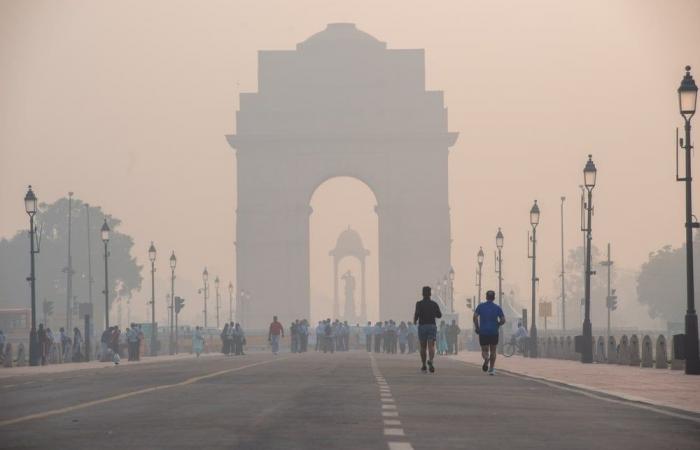On November 22, 2024, New Delhi, the Indian capital, woke up once again to a thick cloud of pollution. This phenomenon, caused by a combination of agricultural burning, industrial emissions and automobile traffic, represents much more than a simple public health problem: it causes colossal economic losses, estimated at nearly 100 billion dollars (approximately 91 billion euros). Far from being limited to statistics, this pollution disrupts the daily lives of millions of Indians and endangers the economic future of the country.
A problem rooted in economic and climatic practices
Air pollution in India comes from several sources:
1. Industries et transports : Emissions from factories and motor vehicles are the main culprits for high levels of fine particles PM2.5 and PM10, which directly affect human health.
2. Agricultural burning : Every fall, farmers in neighboring regions burn residue from their rice harvests to prepare their fields, contributing to a dramatic rise in toxic particles in the air.
3. Climate and geography : Lower temperatures in winter worsen the problem by trapping particles in the lower layers of the atmosphere.
PM2.5 levels in New Delhi have reached up to 60 times the thresholds recommended by the World Health Organization (WHO), according to IQAir.). This observation illustrates a health and ecological emergency which requires sustainable solutions.
Economic consequences: a growing and worrying impact
These losses represent approximately 3% of India's annual GDP and more than double public health spending. Additionally, in New Delhi alone, pollution led to a 6% decline in regional GDP in 2019. The most affected sectors include public works, commerce and tourism. For example, regular suspensions of construction sites during pollution peaks delay projects and increase costs, as noted by Sanjeev Bansal of the Indian Builders' Association.
In 2019, air pollution caused approximately 1.67 million premature deaths in India, or 18% of the total mortality recorded that year. Chronic respiratory diseases, lung cancers and cardiovascular diseases are on the rise, leading to indirect costs for families and the economy. The medical journal The Lancet confirms these worrying figures and highlights the expected increase in these impacts as India's population ages. If no drastic measures are taken, the human and economic losses will only worsen.
Weak political response and local initiatives
Efforts to reduce pollution face major obstacles:
• Lack of political will : Despite national campaigns to limit agricultural burning and promote renewable energies, the results are insufficient.
• Temporary measures : School closures, teleworking recommendations and traffic restrictions during pollution peaks are palliatives, but they do not address the root causes.
• Missed opportunities : According to the World Bank, if India had reduced pollution by half in 25 years, its GDP could have been higher by 4.51% in 2023.






